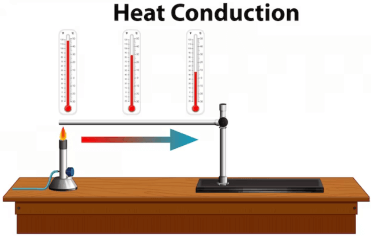Question
a.
cash flow from operations
b.
terminal disposal of investment
c.
net initial investment
d.
average return on investment
Posted under Costing Methods Cost Accounting
Interact with the Community - Share Your Thoughts
Uncertain About the Answer? Seek Clarification Here.
Understand the Explanation? Include it Here.
Q. The working capital cash outflow, cash outflow to buy machine and cash inflow from machine are the examples of
Similar Questions
Explore Relevant Multiple Choice Questions (MCQs)
Q. The decrease in purchasing power of any monetary unit such as euro, dollars etc. is classified as
View solution
Q. If tax operating income is $885000 per year and the net initial investment is $35750000 then increase in average is
View solution
Q. Which of the following is an example of purchasing costs?
View solution
Q. If an average inventory is 2000 units, annual relevant carrying cost of each unit is $5, then the annual relevant carrying cost will be
View solution
Q. If the demand of one year is 25000 units, relevant ordering cost for each purchase order is $210, carrying cost of one unit of stock is $25 then the economic order quantity will be
View solution
Q. The cost of product failure, error prevention and appraisals can be classified under
View solution
Q. The activities related to coordinating, controlling and planning flow of inventory are classified as
View solution
Q. The required rate of return, is multiplied per unit cost of purchased units to calculate
View solution
Q. An ability of an accounting system, to point out the use of resources in every step of production process is called
View solution
Q. The systematic flow of services, goods or information from the buying material for product delivery to the customers is known as
View solution
Q. The costs associated with storage of finished goods such as spoilage, obsolescence and insurance of goods are classified as
View solution
Q. The costs of goods acquired from suppliers are classified as
View solution
Q. If the demand in units are 18000, relevant ordering cost for each year is $150 and an order quantity is 1500, then annual relevant ordering cost would be
View solution
Q. If the relevant opportunity cost of capital is $2950 and the relevant carrying cost of inventory is $6700, then the relevant incremental cost will be
View solution
Q. The profit forgone by capital investment in inventory rather than investment of capital to somewhere else is classified as
View solution
Q. An example of shrinkage costs is
View solution
Q. If the relevant incremental costs are $5000 and the relevant opportunity cost of invested capital is $2500, then the relevant inventory carrying costs would be
View solution
Q. An average inventory in units is multiplied with annual relevant carrying cost of each unit to calculate
View solution
Q. A push through system, according to which goods are manufactured for finished inventory solely, on the basis of forecasted demand can be classified as
View solution
Q. The relevant incremental costs are added into the relevant opportunity cost of capital to calculate
View solution
Recommended Subjects
Are you eager to expand your knowledge beyond Cost Accounting? We've handpicked a range of related categories that you might find intriguing.
Click on the categories below to discover a wealth of MCQs and enrich your understanding of various subjects. Happy exploring!








